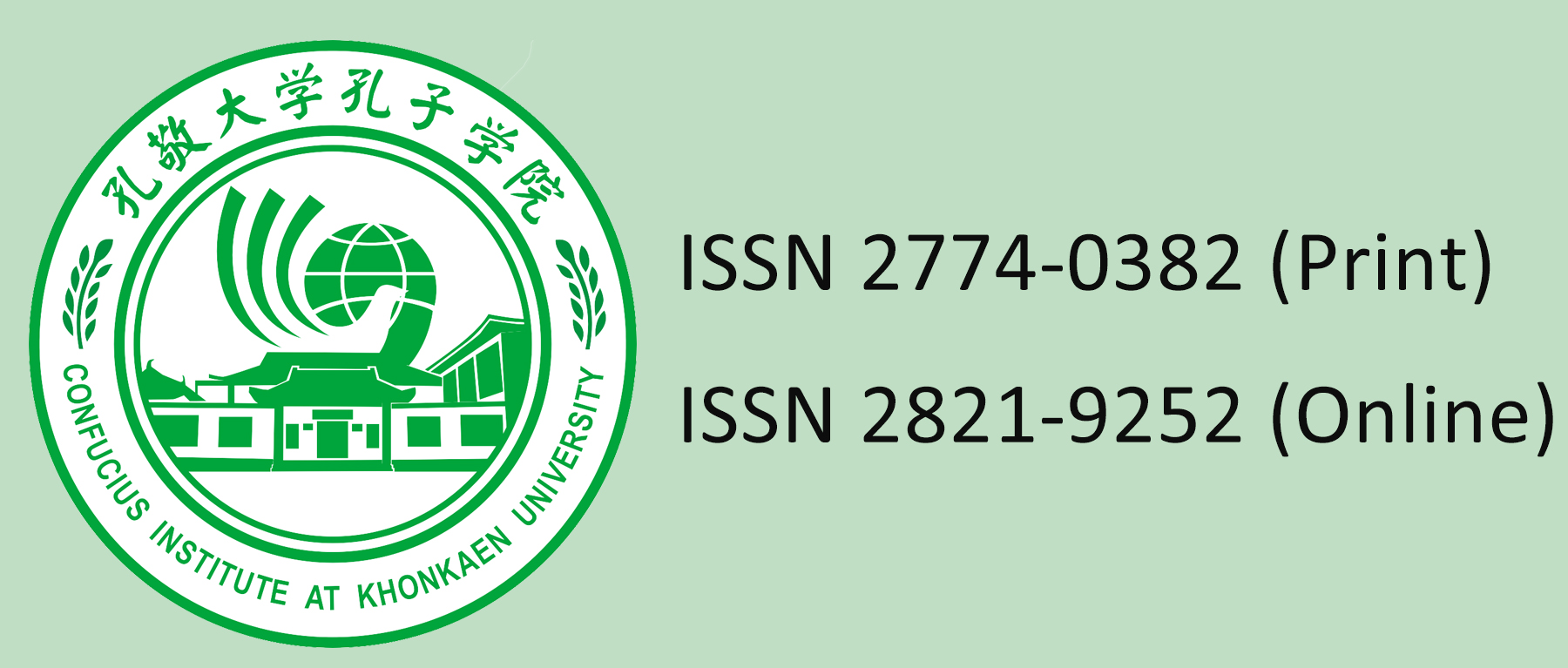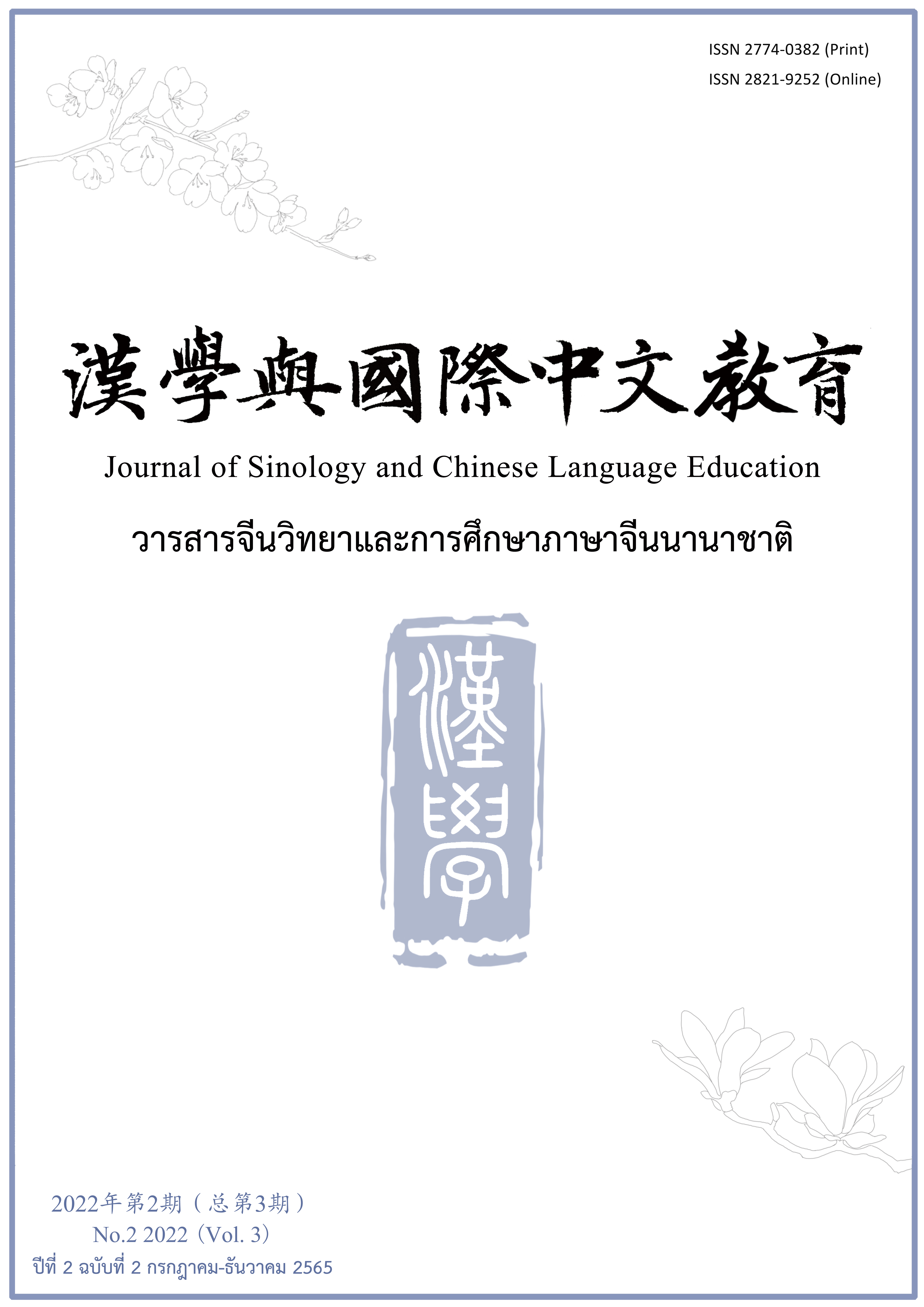This is the second issue of Journal of Sinology and Chinese Language Education (JSCLE), December 2022, and we would like to briefly introduce the relevant contents for the benefit of our readers.
A total of ten papers are published in this issue, including studies on Chinese language ontology, as well as studies on academic frontiers and difficult issues in the field of international Chinese language education, such as the Chinese Language Proficiency Grading Standards for International Chinese Language Education, cultural factors in international Chinese language teaching, textbook development, and local teacher team building.
SUN Yichun and WANG Baohua, The Types of Chinese Disposal Construction from the Perspective of Event Structure Theory——On the Problem of Verb Restriction in Disposal Construction, starting from the problem of verb qualification in disposal construction , re-examine the semantic types of modern Chinese disposal construction, according to the difference of the result subevent, we establish the typical and non-typical members in the family tree of disposal construction so as to build up an interconnected structural network, and thus explain the formation mechanism of the so-called "disposal construction without disposal meaning".
In DENG Zhangying and BAI Xiaoli’s article, A Quantitative Analysis of the Strokes on Chinese Characters of the Chinese Proficiency Grading Standards for International Chinese Language Education, a metrological analysis of the Chinese Character List from the perspective of strokes provides reliable support for the overall arrangement of the teaching schedule of Chinese character strokes, the sequence of teaching single strokes, the determination of teaching priorities, the selection of teaching examples, and the design of teaching exercises and classroom games.
BAI Xiaoli and ZHU Haihan, Research on the Construction of Resource Database of the Relationship Between Zi and Ci Based on the Chinese Proficiency Grading Standards for International Chinese Language Education, propose to take Chinese characters as the starting point, apply the theory of Function and Usage of Chinese Characters as a guide and use the Chinese characters and words listed in the Grade Standards as the sorting object, to propose specific methods for constructing a Zi and Ci relationship resource database. They expect to construct a resource database that integrates glyphs, structures, and the function of recording words, provides reliable Chinese teaching resources for international Chinese teachers, and helps Chinese learners to learn Chinese characters and vocabulary in depth.
In the article, Exploration and Practice of Integrating Regional Culture into International Chinese Teaching in the New Era, CUI Jinming and YAN Guoqing pointed out that there are shortcomings in the integration of regional cultural elements into international Chinese language teaching, and practitioners of international Chinese language education should continuously optimize the content setting, align the classroom and practice with the current social development, pay attention to the demands of international students, increase the publicity of social life, and increase the interpretation of hot and difficult issues.
ZHAO Dongqian and HUANG Yuying, A Study on the Presentation of Chinese Culture in the "Developing Chinese" Textbook Series, This paper analyzes the content of Chinese culture in the textbook from the perspective of Chinese cultural presentation, taking the comprehensive tutorial "Developing Chinese" as an example, and analyze the frequency and trends of the five categories of cultural content at different learning stages, and make suggestions for future Chinese teaching materials for foreigners.
YANG Tian and MENG Lijuan’s article Research on the Compilation of Textbooks of "A Survey of China" Based on the Investigation of Learning Needs——Taking the International College Students from Southwest as an Example,the suitability of the cultural content selection of the current China Profile textbooks to the learning needs of international students is analyzed through the questionnaire survey, and it is proposed that the main position of international students should be highlighted, multiple subjects should be introduced to participate in the preparation of China Profile textbooks, and the construction of digital textbook resources should be continuously improved, so as to complete the mission of Chinese national education for international students with China Profile as the matrix.
LI Jinhua and CHEN Xinwei, A Study on Teaching Chinese Quantity Expressions to Native Speakers of Korean——Focus on "er" and "liang" quantity expressions,explore the most complicated morphology of the number words and the most misunderstood by native speakers of Korean are "er" and "liang" in Chinese and "i" and "tu" in Korean, and offer suggestions to the teaching of the Chinese word "2" to native speakers of Korean.
LIU Jie, FAN Wei and WANG Liyue, in A Comparative Empirical Study on Intercultural Sensitivity Scale of International Chinese Novice and Skilled Teacher, conduct a quantitative study using SPSS25 data analysis to compare the intercultural sensitivity of novice teachers with less than 5 years and skilled teachers with 5-16 years. It was concluded that cultivating international Chinese teachers' confidence in intercultural communication is a key factor to improve intercultural sensitivity and enhance intercultural communication competence, and novice teachers must establish self-professional identity, reflect on intercultural communication behaviors, and continuously accumulate intercultural experiences.
LUO Jianping and HU Yanhua, Reflection on the Development of the Local Chinese Teacher Team in Thailand,through summarizing the basic experience of building the local Chinese language teaching force in Thailand, they propose practical suggestions for strengthening the local Chinese language teaching force in Thailand in view of the main problems at present.
SHEN Hong, SONG Chuyi and CAI Qiusong, conduct a field survey on seven three generations of Chinese language inheritors in Betong District, southern Thailand in A survey report on Chinese learning in Betong, Thailand. It concludes that the seven three generations of Chinese have the characteristics of Chinese language learning and analyzes the reasons from the aspects of family factors, learning motivation, teaching level and self-cognition. Finally, some suggestions are put forward from the perspective of family and Chinese school.
Published: 2022-12-31


